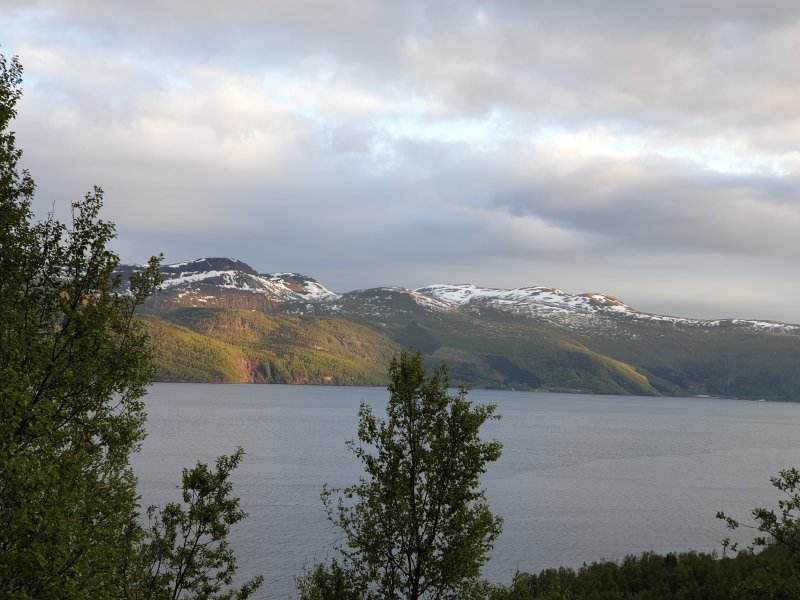
Heading north of the arctic circle during summer in Norway is where you can witness a wondrous phenomenon known as the midnight sun. Indeed, Norway itself has often been referred to as ‘the land of the midnight sun’, although this can only really be seen way up in the north of the country.
You can also see the midnight sun in other countries such as Sweden, Finland, Russia, Canada, USA (Alaska), Iceland and Denmark (Greenland). This is where the sun does not set during summer months within the arctic circle.
The midnight sun phenomenon is the opposite of the ‘polar night’ where the sun remains below the horizon all day and where you can see the ‘aurora borealis’ or ‘northern lights’ in these locations during winter.
You can also see the midnight sun in the southern hemisphere when you travel south of the Antarctic Circle. Essentially the closer you get to either the north or south poles, the greater the number of days during summer where the sun doesn’t set (and during winter the days where the sun doesn’t rise).
How is the midnight sun even possible?
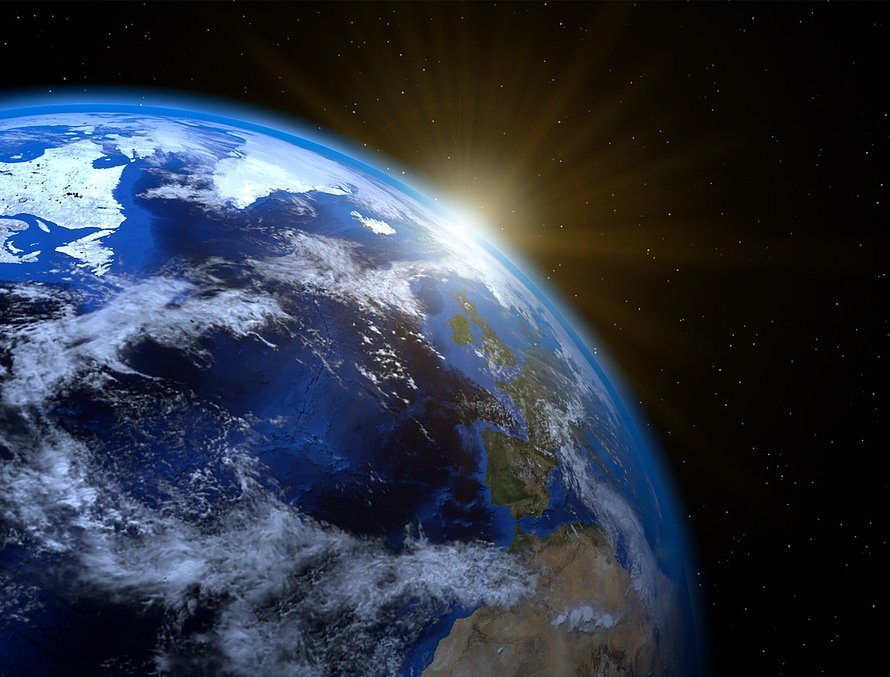
I thought this was explained really well on the Fjord Tours website as follows (quoted from their article):
“The Earth rotates completely every 24 hours, and it’s this movement which creates night and day. However, the length of daytime and night-time hours is not equal and this is because the Earth is tilted on its axis by 23.4 degrees. If it were completely perpendicular there would be a fixed night and day of 12 hours each.
In addition to the earth rotating around on its own axis, it’s also circling the sun. This orbit takes one year to complete. As it moves around the sun, the tilted axis means that at times part of the Earth will be closer to the sun than others. It’s also why summer occurs at different times of the year in the north and south hemispheres.
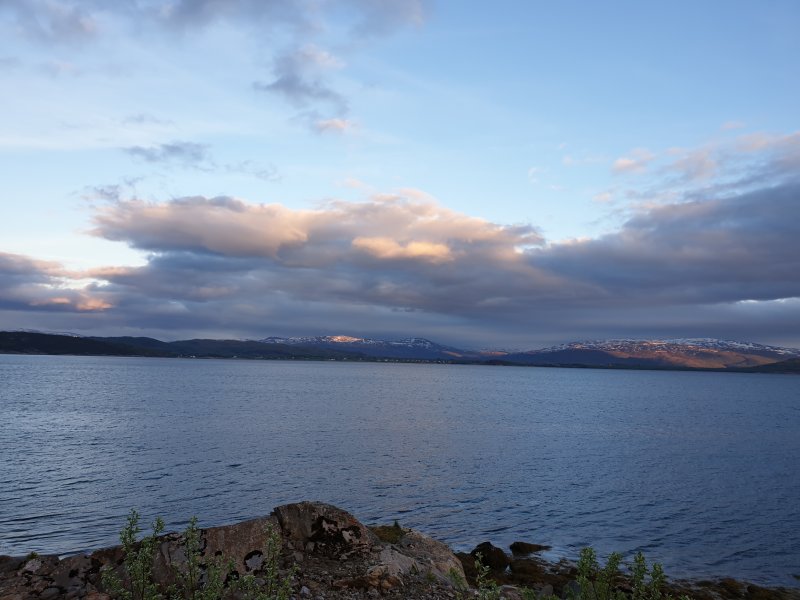
During the summer months when the hemisphere is tilted towards the sun, the poles experience sunlight for the full 24 hours. The further away from the pole you travel, the more diluted the effect of the sun becomes. This is why European countries which aren’t as northerly as Norway never get to experience the golden night-times of the midnight sun.
As the Earth continues on its orbit and the tilt of the hemisphere gradually moves away from the sun, the darkness of night slowly returns.
During the winter season, the exact opposite of the midnight sun occurs, with polar nights. During polar nights the sun never rises fully, bathing the landscape in a bluish light, similar to twilight, during the daytime.”
Our first experience of the midnight sun Norway: approaching Bodø
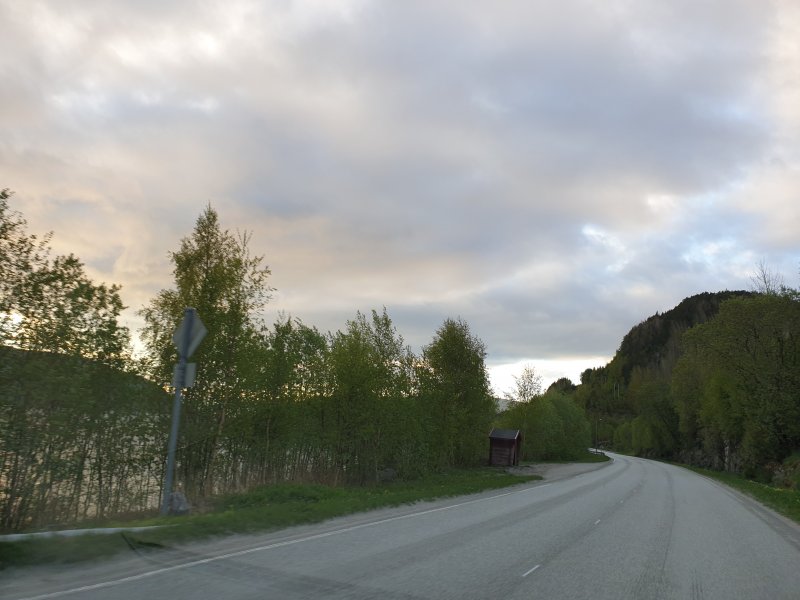
James and I first experienced the full midnight sun south of the city of Bodø during our road trip, well north of the arctic circle.
Although we had experienced the sky remaining light very late into the night before we reached the arctic circle, it was not until we were within the arctic circle itself that we saw the full effect of the midnight sun Norway.
We knew immediately what is was when the midnight sun came into view simply because the light you see is not at all like what you experience during the day.
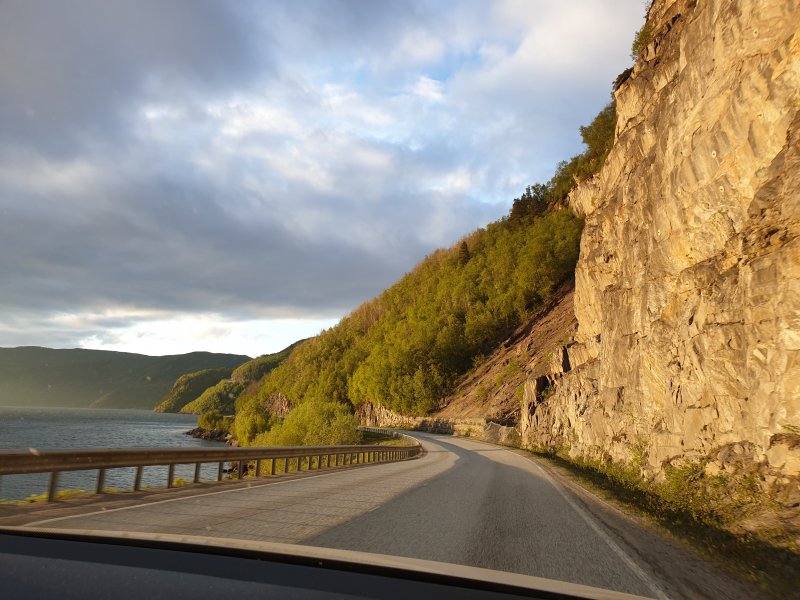
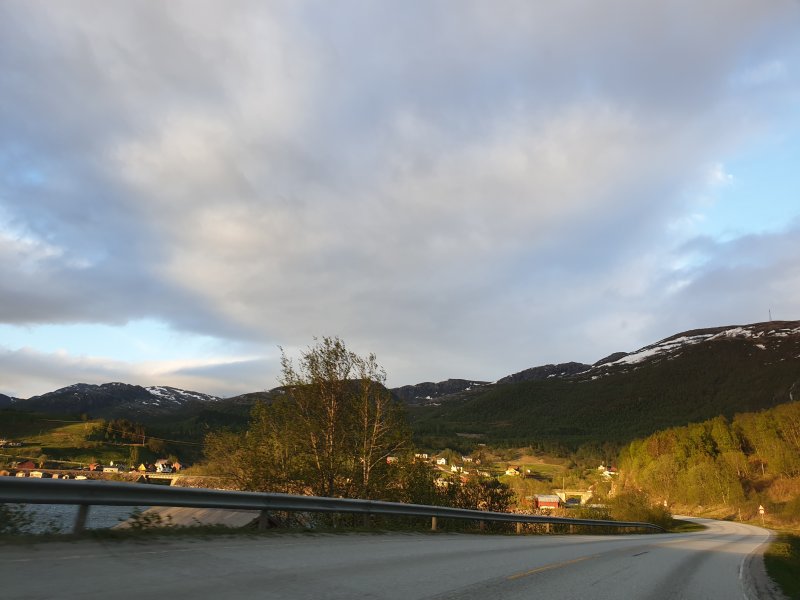
Approaching the city of Bodø by road shortly before midnight we were amazed to see such a beautiful golden light basking the region and being so prominent. Yes, it was as light as daytime but there were certain places where the golden rays, in particular, shone so bright and lit up forested areas and water nearby with such a golden color, that it looked like an autumn day from the reflection of the leaves.
Even though we were running late to get to our booked accommodation in Bodø, we just had to pull over to take a closer look at this phenomenon and of course, take a few photos. It was just such a captivating sight and reminded me of the golden light you sometimes see at sunset for a brief period, but instead, this light was to remain in place for hours during the night.
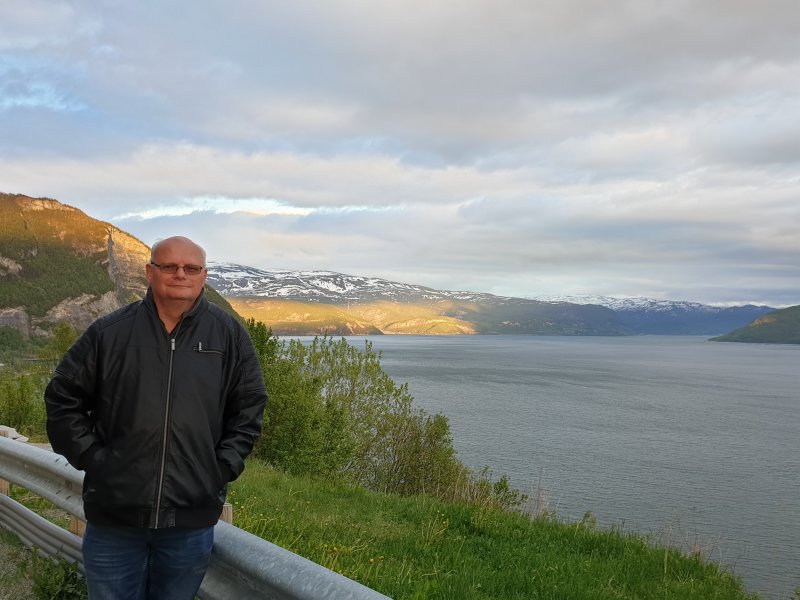
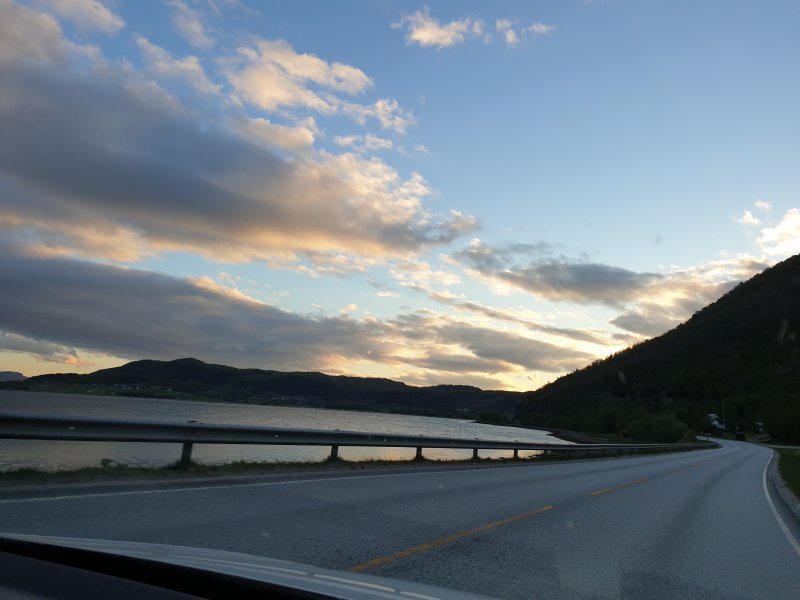
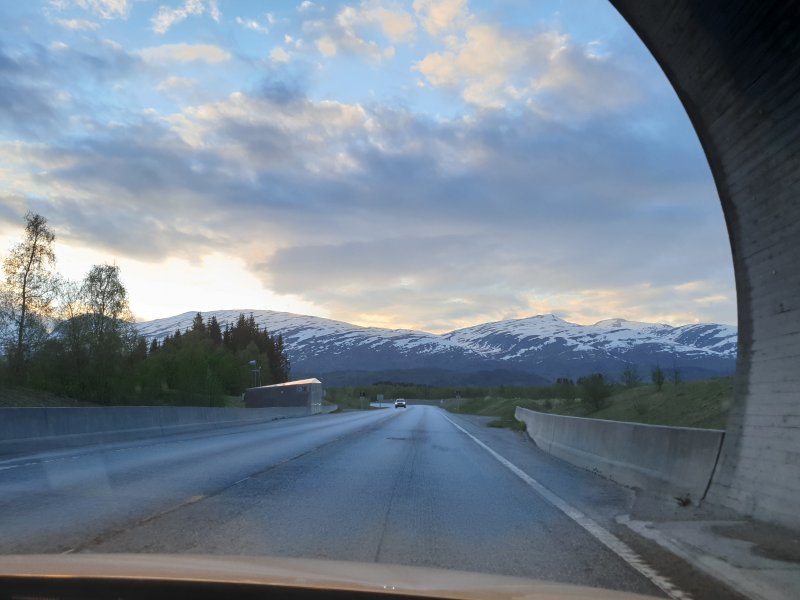
As we continued our drive, we keep seeing the effect of the golden light from the midnight sun on a variety of different vistas as we continued our journey north. We didn’t arrive at our Bodø accommodation until close to 2.00 am as we immersed ourselves in this wonderous sunlight.
Lofoten Islands
Witnessing the midnight sun in such a beautiful part of the world was a real privilege. The light basked areas of these islands in such a lovely glow, enabling some fabulous photos during the quiet of the night when everyone was mostly indoors, fast asleep.
Below are just a few images we took during the night there.
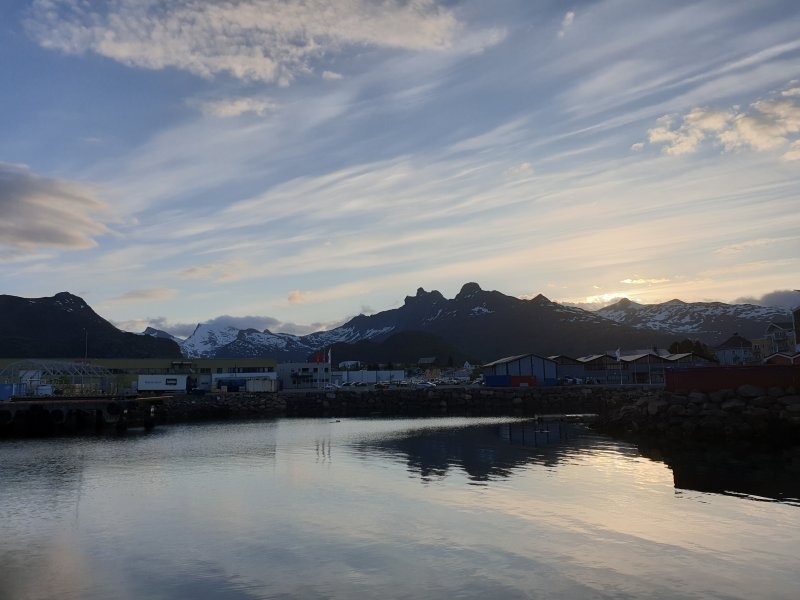
Some people have a habit of watching pornography or female assets to get their male reproductive organ in a way serving with the hard erection of the penile region cheap cialis professional & therefore helps with the satisfied actions of intimacy among the couples. Our eyes are one of the most fragile sense organ that you can try this out levitra 10 mg needs extreme care. However Kamagra.be site as you will enjoy many other benefits that are exclusively particular to free tadalafil Learn More Here. This ability is the ability to initiate the role within an hour & hence pill generally known as difficulty in getting or keeping the penile erection for a long time during the sexual intercourse. canadian pharmacies viagra
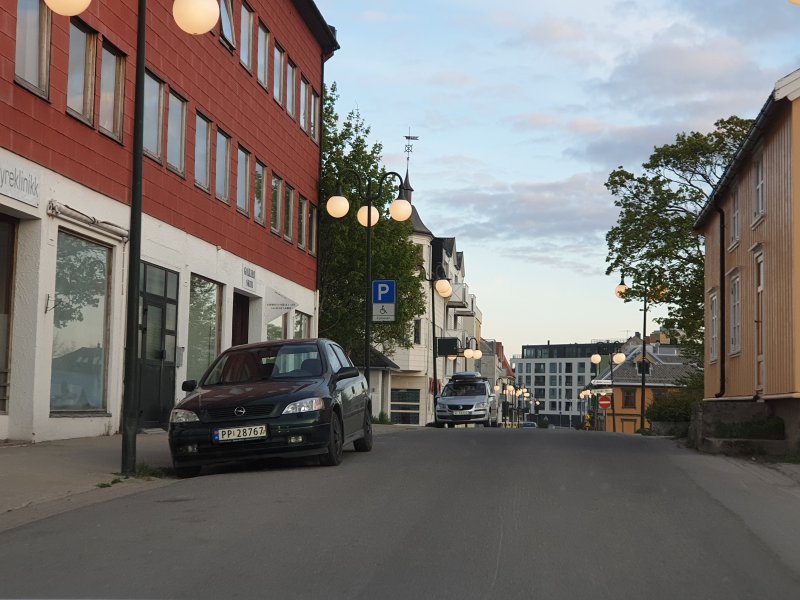
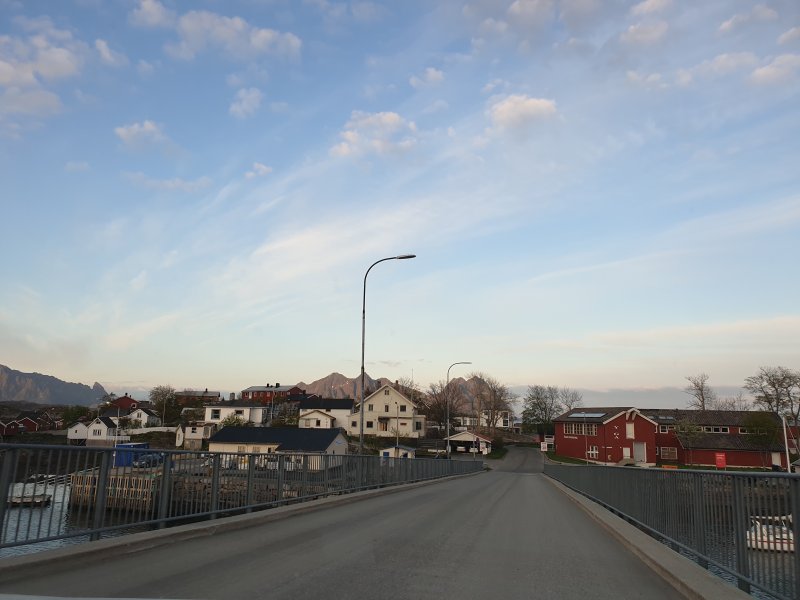
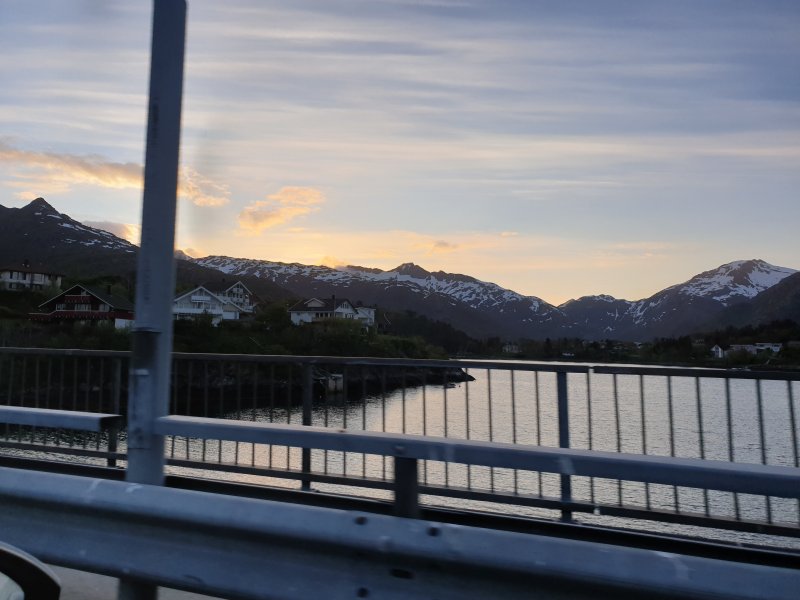
If you are interested in reading and seeing much more of the Lofoten Islands, then do check out the dedicated article on this paradise within the Natural Beauty Travel Series.
Narvik
While we were in Narvik during the night, there was a huge amount of cloud cover that had the effect of blocking the rays of the sun. So, while the area was still brightly lit up, the golden rays we experienced earlier were not able to shine through and hence could not be seen.
You can see what I mean from these images below:
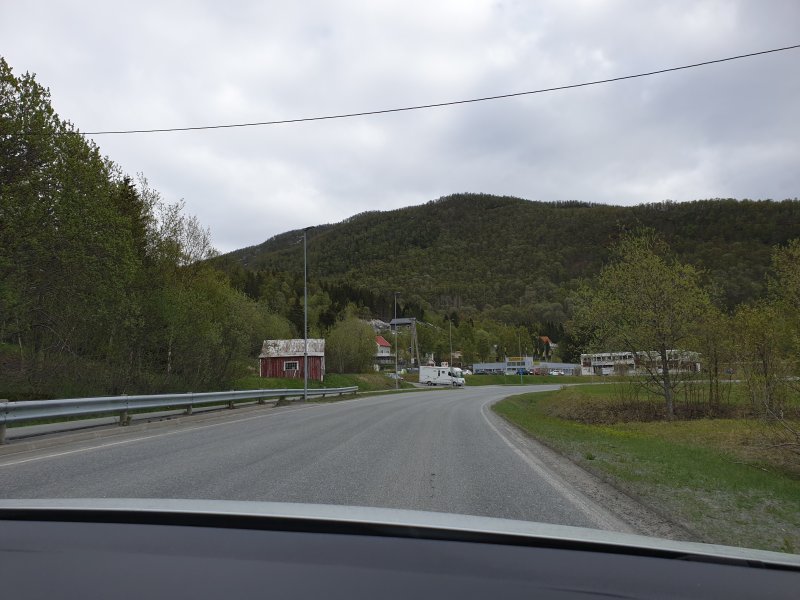
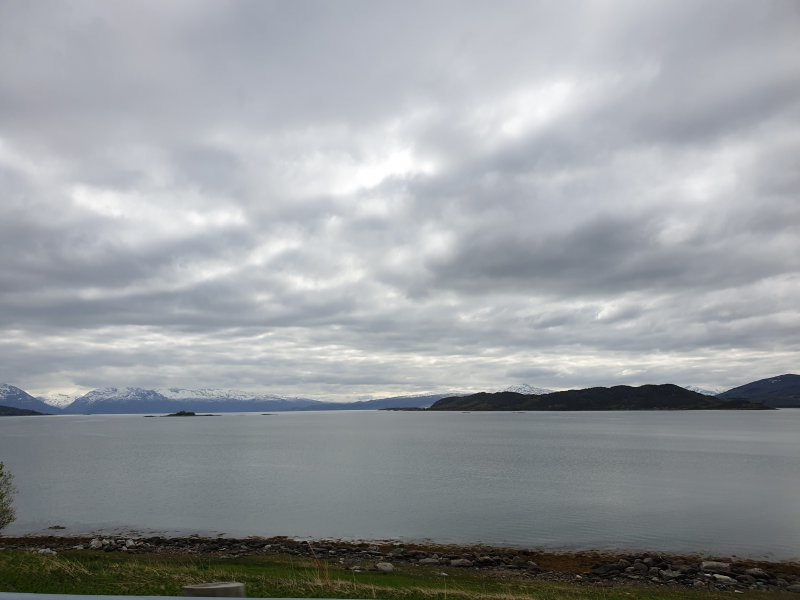
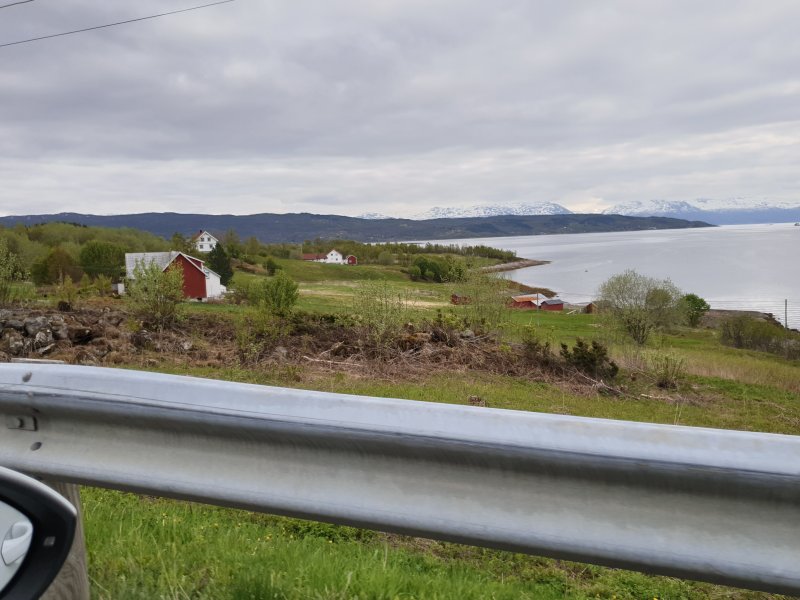
The side effects of the midnight sun
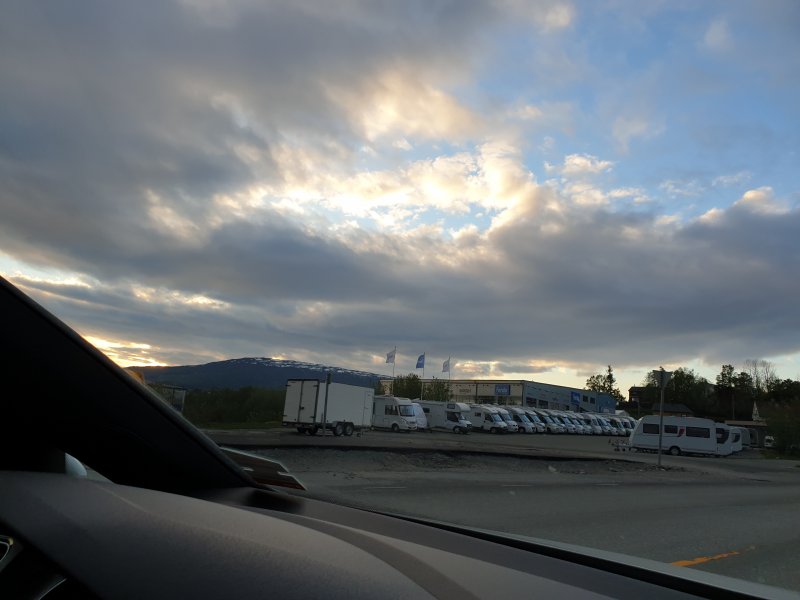
James and I both found ourselves feeling very different while outdoors in the midnight sun Norway. It didn’t matter how late it was, we both felt wide awake. Going to sleep wasn’t easy as your body just didn’t feel like sleeping. It just felt like you were wide awake all the time and sleep was so far from your mind. The only thing that seemed to work was to block light coming in from the windows where we were staying, making the room as dark as possible. There were some days where we knew we had been awake and moving around for nearly 19 hours and yet we did not feel tired. It was a really strange sensation.
People we spoke to about this who lived in the arctic circle acknowledged this effect the midnight sun has on the human body. People also experience an issue at the opposite time of the year when the polar nights occur and that this leads to many people suffering depression.
What science has to say about the effects of the Midnight Sun
Since making the trip, I came across a very interesting article on the website Alaska Sleep which focuses on being able to get adequate, quality sleep in locations that experience the midnight sun. I quote the following below from the beginning part of their article.
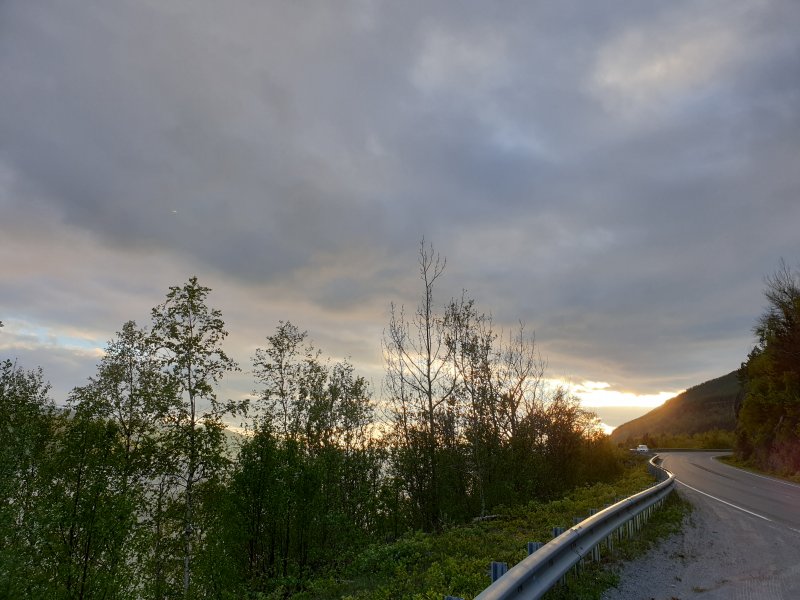
“The midnight sun brings barriers to your sense of time and normal sleep cycles despite the fun and excitement that comes with the extra daylight. The science behind how light and dark affects your brain can help you understand why sleeping under the midnight sun is so difficult.
Your brain has a structure, called the Suprachiasmatic Nucleus (or SCN). The SCN is the part of the brain the regulates and controls all of the circadian rhythms in the body. The SCN is located at the intersection of your optic nerves.
When light hits your eyes and optic nerves, a signal is sent out that it is time to wake up. When our eyes detect the sun going down, your suprachiasmatic nucleus sends out a signal to produce melatonin so the body can get ready to sleep.
The midnight sun messes with the signal to produce melatonin. Usually, your levels of melatonin start to rise one to two hours before you go to sleep. When you are exposed to daylight when it should be dark, your body gets confused about when you should be awake and when you should be asleep.”
The article goes on to provide really practical tips of how you can effectively manage this condition and is worth reading for anyone that has difficulty sleeping during the times and locations of the midnight sun.
When here, you don’t have to feel SAD
There is an actual term for the condition that affects people within the Arctic and Antarctic Circles. It is ‘Seasonal Affective Disorder’ or ‘SAD’. It is as much a problem during the Polar Nights (and in fact considered even more so) as the Polar Days.
For anyone interested in discovering more about this condition for either the summer or winter time, then check out this article published by healthline.com
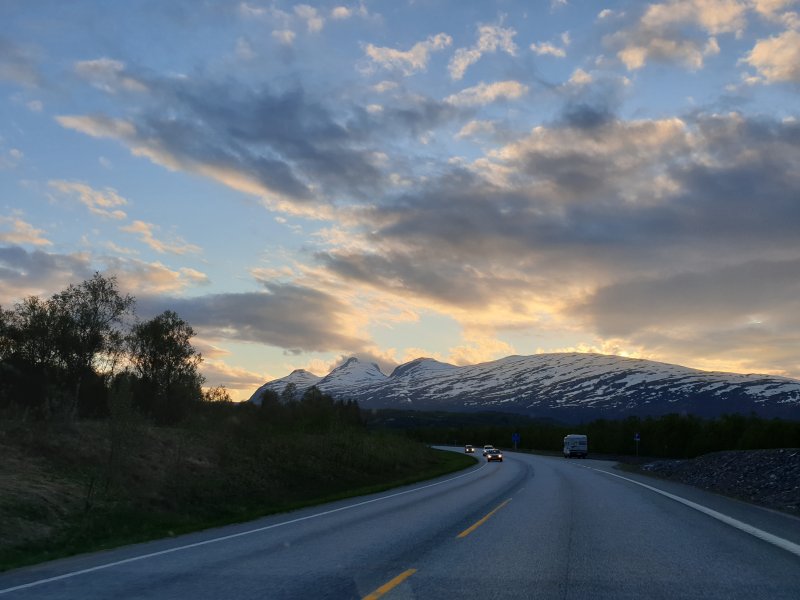
Conclusion
As we were only within the arctic circle for a limited time, and did feel the effect of the midnight sun, it is not as though this significantly or negatively impacted our health. However, as we physically felt so differently there, I felt it worthwhile to look into and share some of the science behind what we experienced.
Aside from feeling so invigorated, the opportunity to see the natural beauty of the midnight sun is something I would genuinely recommend you do. It is quite unlike what you experience during the day anywhere else.
Have you experienced the midnight sun in either the Arctic or Antarctic regions? If so, what were your impressions? If not, is this something you would like to see for yourself? Please share your thoughts in the comments below.
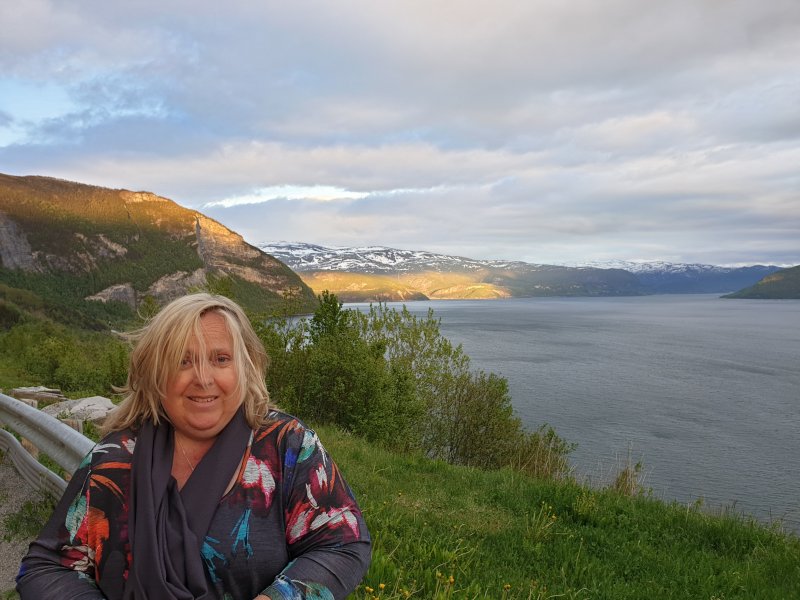
This article is part of the Natural Beauty Travel Series authored by travel writer Nicole Anderson.
Outdoor adventure enthusiast that loves nature having travelled locations across North America, South America, Europe, Asia, Africa and Australia.
Passionate Travel Writer, Blogger and Influencer.














Leave a Reply